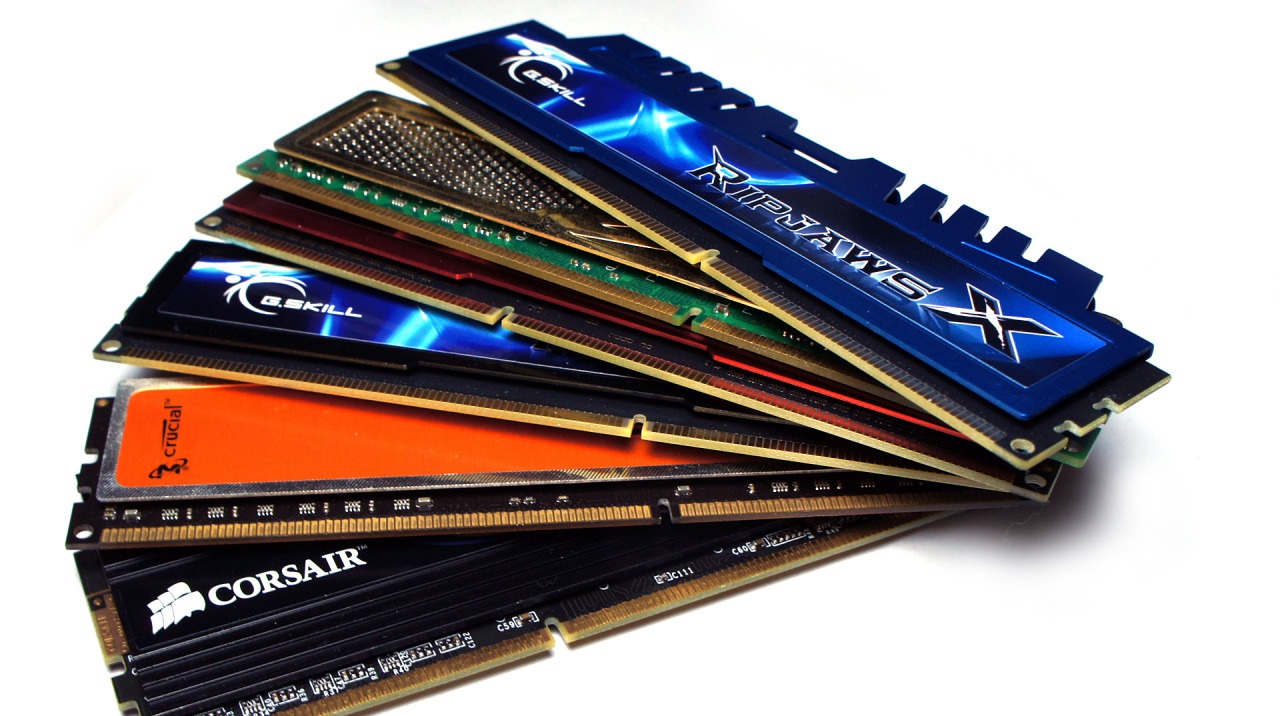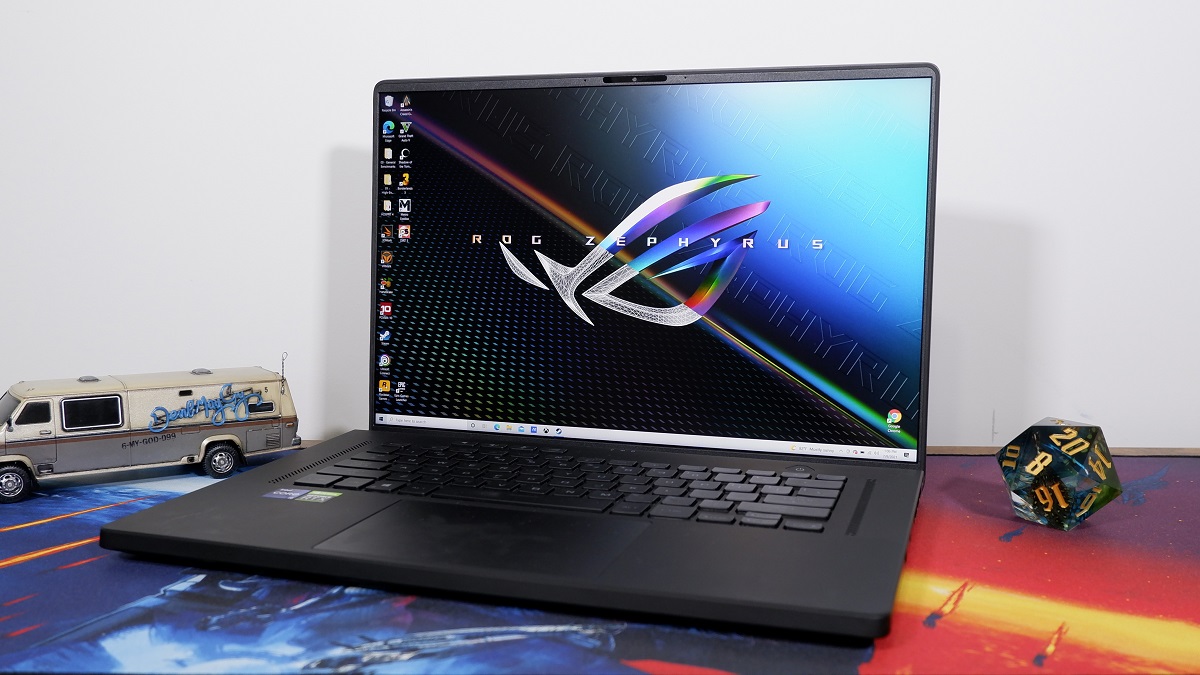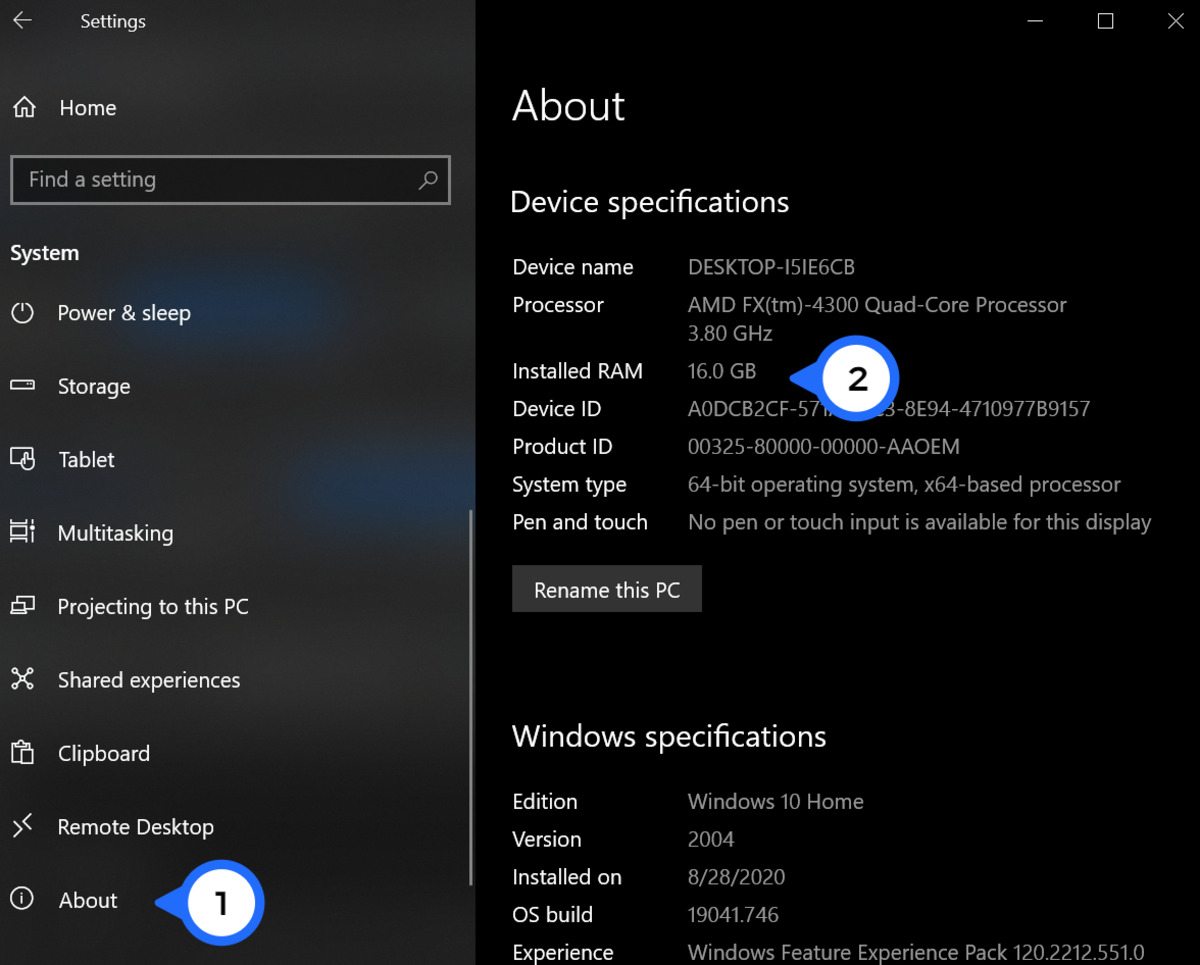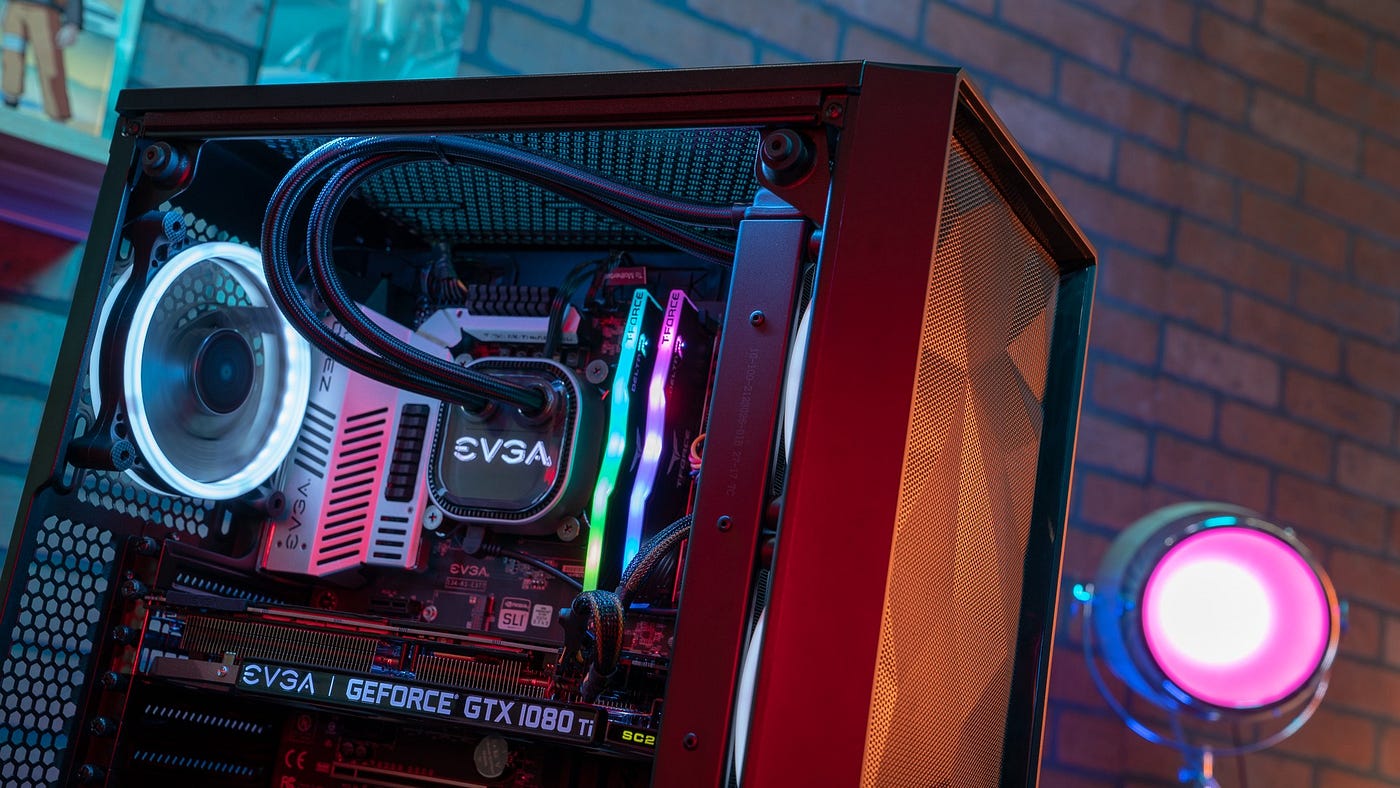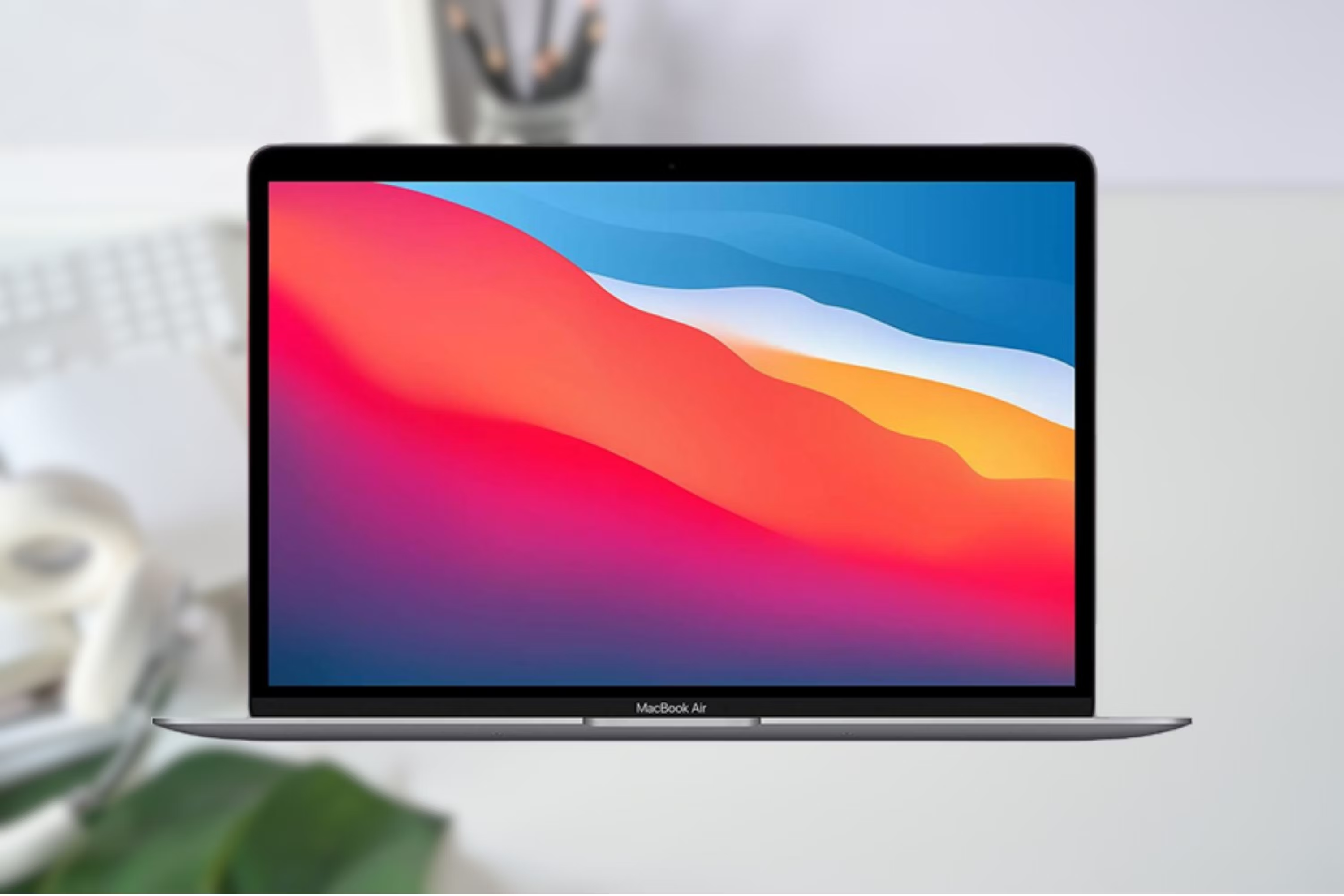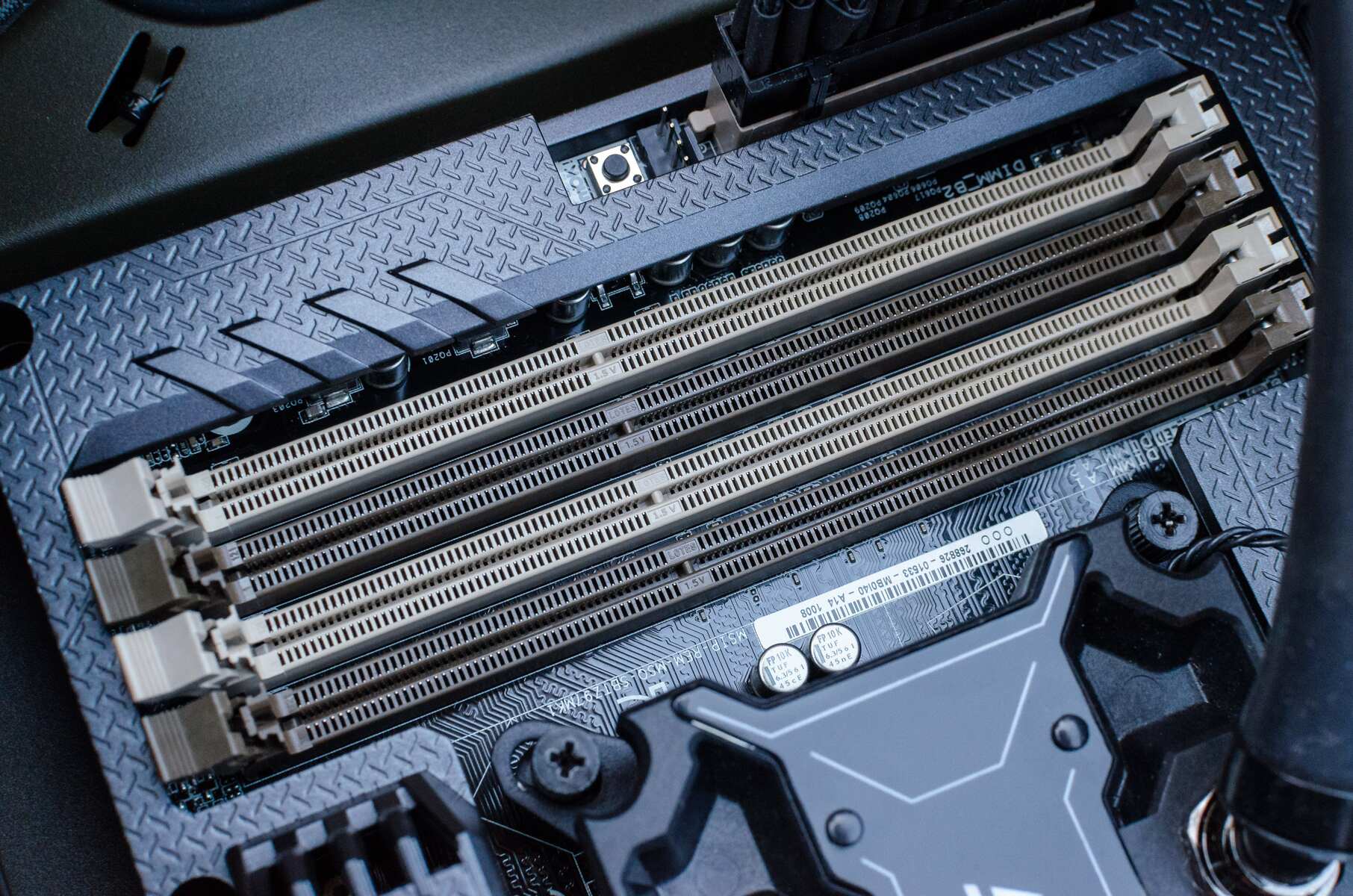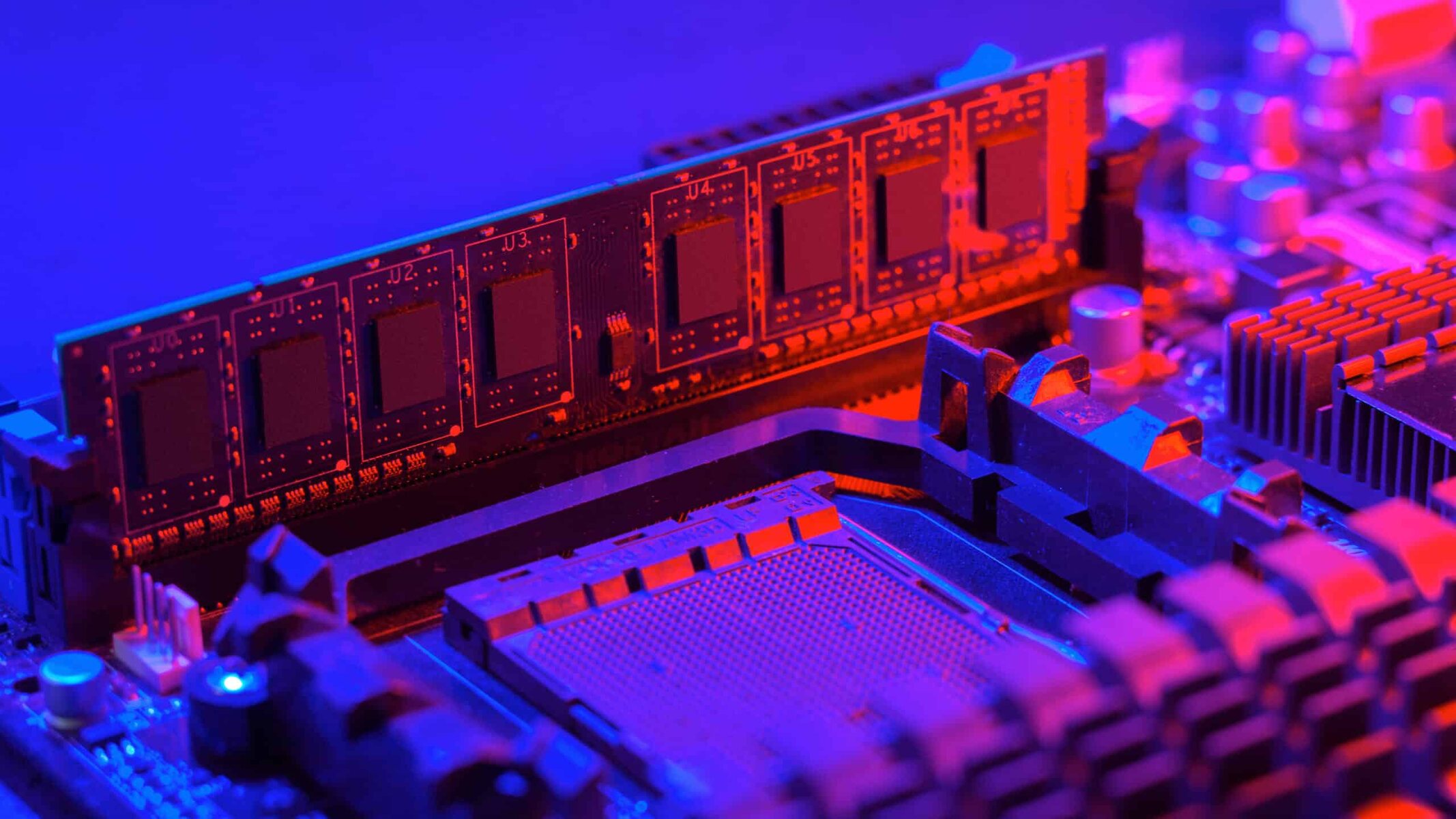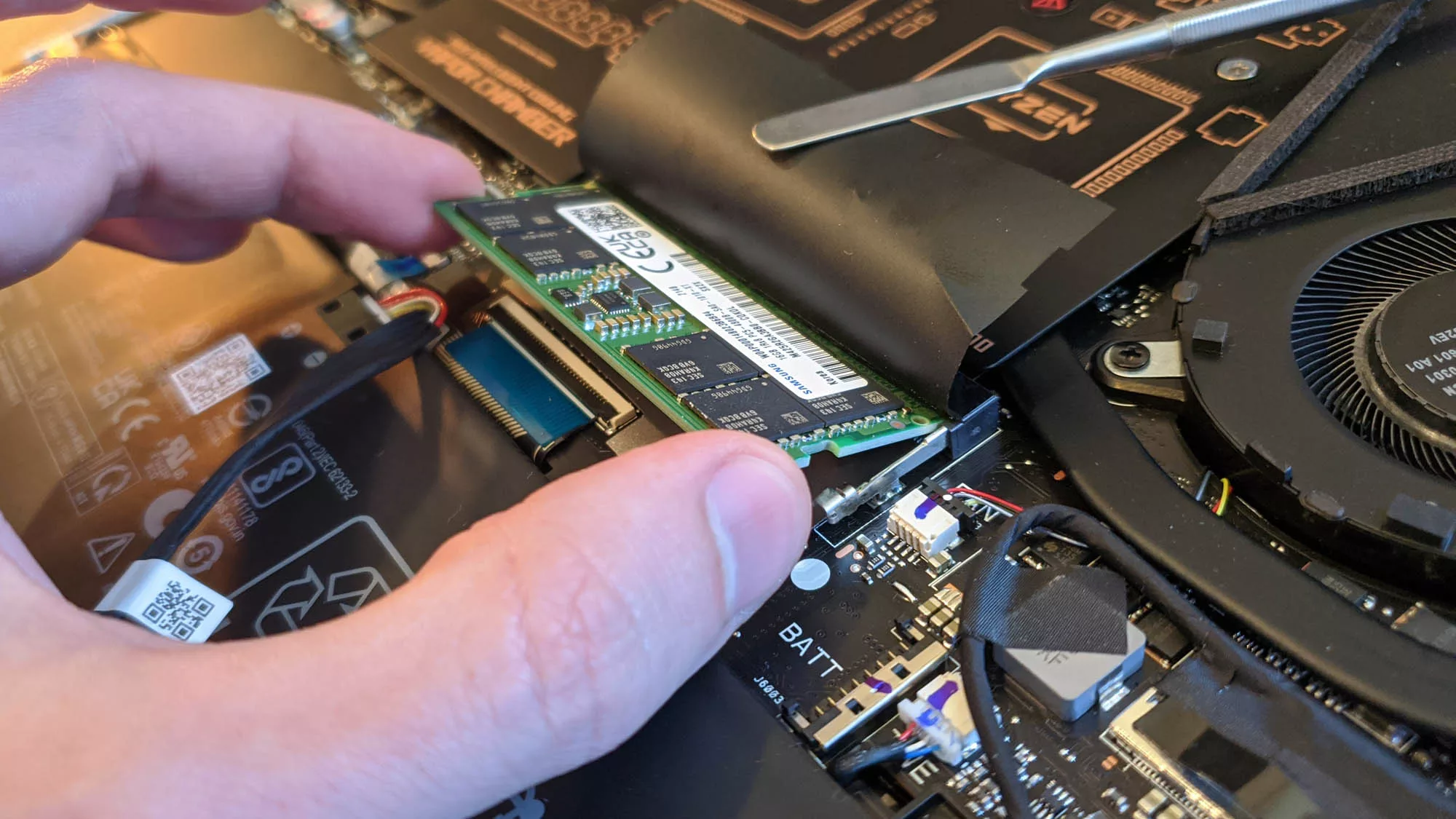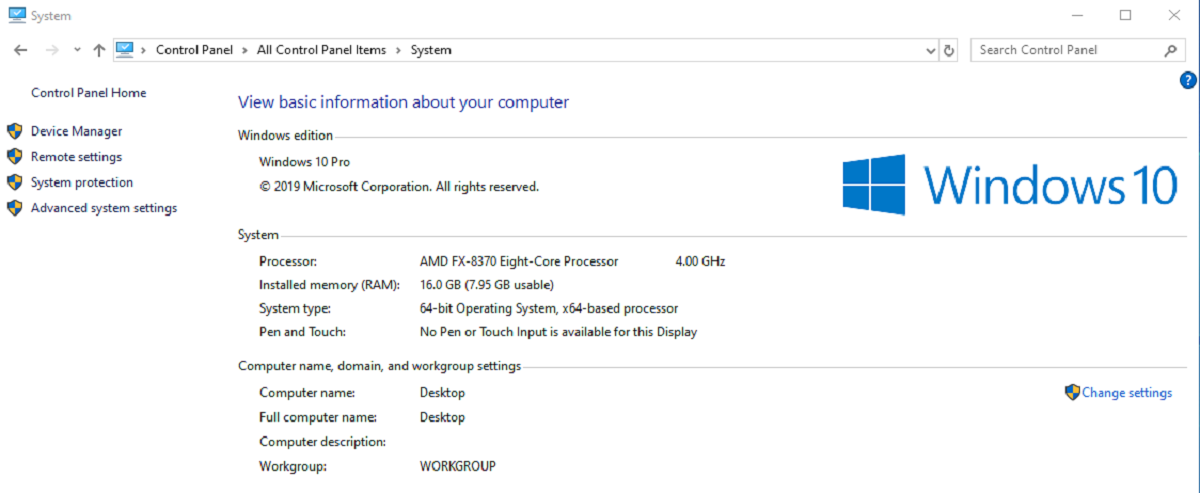Introduction
Random Access Memory (RAM) is a critical component of your computer’s hardware that plays a crucial role in its overall performance. It is responsible for storing and accessing data that is actively used by the computer’s processor. When the RAM is functioning properly, your computer can smoothly run multiple applications and handle complex tasks efficiently. However, if there are issues with the RAM, it can lead to system slowdowns, crashes, and other frustrating problems.
Identifying whether your RAM is working correctly or not is essential for troubleshooting any performance issues you may be experiencing. This article will guide you through the signs of RAM issues, methods to check the physical RAM, ways to test RAM performance, and troubleshooting steps for common RAM errors.
By understanding how to determine if your RAM is working properly, you can take the necessary steps to resolve any potential problems and optimize your computer’s performance. So, let’s dive into the signs that may indicate RAM issues and the steps you can take to diagnose and resolve them.
Signs of RAM Issues
When your computer is experiencing RAM problems, there are several common signs that can help you identify the potential issues. Here are some indicators that your RAM may not be functioning properly:
- Frequent system crashes: If your computer frequently freezes or crashes, it could be a sign of faulty RAM. When the RAM fails to properly store or access data, it can lead to system instability and cause sudden crashes.
- Slow performance: When your computer takes longer than usual to perform tasks, it could be due to insufficient RAM or RAM-related issues. Insufficient RAM can cause the computer to rely on disk-based virtual memory, which is significantly slower, resulting in overall sluggishness.
- BSOD (Blue Screen of Death) errors: If you encounter frequent BSOD errors with error messages referencing memory-related issues, it is likely a RAM problem. These errors indicate that the RAM is not functioning properly and may need to be addressed.
- Application crashes: If specific applications crash unexpectedly or become unresponsive, it could be due to insufficient RAM or corrupted RAM modules. If you notice that this issue occurs consistently with certain programs, it is worth investigating your RAM.
- Strange error messages: RAM-related issues can sometimes trigger unusual error messages that reference memory problems or insufficient memory. These messages can appear when opening programs or performing specific tasks and may point to a RAM problem.
If you experience one or more of these signs, it is advisable to investigate whether your RAM is the culprit. In the following sections, we will explore methods to check the physical RAM, test RAM performance, and troubleshoot common RAM errors to help diagnose and resolve any issues you may be facing.
Checking Physical RAM
Before diving into more advanced troubleshooting steps, it is essential to ensure that your physical RAM is properly installed and functioning correctly. Here are a few methods to check the status of your physical RAM:
- Physically check the RAM slots: Start by shutting down your computer and removing the power cable. Open your computer’s case and locate the RAM slots on the motherboard. Ensure that the RAM modules are securely inserted into the slots. If any of the modules seem loose, remove and reinsert them to ensure a proper connection.
- Inspect for physical damage: Examine the RAM modules for any visible signs of damage, such as bent pins or cracks on the circuit boards. Physical damage can cause RAM to malfunction, so if you notice any issues, consider replacing the damaged module.
- Clean the RAM modules: Over time, dust and debris can accumulate on the RAM modules, leading to poor connectivity. Use a can of compressed air or an anti-static brush to gently clean the modules and remove any dust or debris that may have accumulated.
- Swap or reseat RAM modules: If you have multiple RAM modules installed, you can try swapping their positions or reseating them in alternate slots. This can help identify if a specific module or slot is causing the issue. Remember to power off your computer before making any changes.
These steps will help you ensure that the physical installation of your RAM is correct and that there are no visible issues. However, it’s important to note that physical inspection may not uncover all potential problems. In the next section, we’ll explore methods to test the performance of your RAM to further diagnose any hidden issues.
Testing RAM Performance
When troubleshooting RAM issues, it is crucial to assess the performance of your memory modules. Testing RAM performance can help identify any underlying problems that may be affecting your computer’s overall functioning. Here are a few methods to test the performance of your RAM:
- Windows Memory Diagnostic Tool: Windows users can utilize the built-in Windows Memory Diagnostic tool. To access it, type “Windows Memory Diagnostic” in the search bar and select the corresponding option. The tool will prompt you to restart your computer and perform a comprehensive test of your RAM modules.
- MemTest86: MemTest86 is a popular third-party tool that provides advanced testing capabilities for RAM. It is especially useful for detecting subtle memory errors. To use MemTest86, you will need to download the software and create a bootable USB or CD. Then, restart your computer from the bootable media, and the tool will automatically start testing your RAM.
- RAM Disk Test: RAM Disk Test tools allow you to create a virtual disk drive in your computer’s RAM. By running read and write tests on this virtual disk, you can assess the performance and stability of your RAM. Various RAM Disk Test software options are available for download online.
- Benchmarking Tools: Benchmarking tools like PassMark PerformanceTest or Sandra Lite can provide insight into the overall performance of your computer, including RAM performance. These tools run a series of tests to measure the speed and efficiency of your RAM compared to other systems.
Running these tests will help you identify potential issues with your RAM, such as faulty modules, compatibility problems, or performance inconsistencies. If any errors or abnormalities are detected during the tests, it is recommended to further investigate and address the underlying problems.
Remember to refer to the user manuals or online resources for specific instructions on using these tools, as the process may vary depending on the software or hardware configuration.
Troubleshooting RAM Errors
If you have identified RAM errors through the physical inspection or performance testing, it is important to troubleshoot and resolve them to restore your computer’s optimal performance. Here are some steps you can take to troubleshoot common RAM errors:
- Reseat or replace RAM modules: As mentioned earlier, reseating or swapping RAM modules can help determine if a specific module or slot is causing the issue. Try reseating the modules or replacing them with known working modules to see if the errors persist.
- Check for BIOS updates: Outdated BIOS firmware can sometimes cause compatibility issues with RAM modules. Visit your computer or motherboard manufacturer’s website and check for any available updates for your system’s BIOS. Updating to the latest version may resolve compatibility problems.
- Verify RAM compatibility: Ensure that your RAM modules are compatible with your motherboard and meet the required specifications. Refer to the user manual or the manufacturer’s website for compatibility information. Mismatched or incompatible RAM can lead to errors and instability.
- Adjust RAM settings: In the BIOS settings, you can adjust various RAM-related settings such as clock frequency, timings, and voltage. Incorrect settings can cause instability or errors. Consult your motherboard’s manual or online resources for proper RAM configuration and consider resetting the settings to default if needed.
- Update device drivers: Outdated or incompatible device drivers can also cause RAM-related errors. Ensure that all your drivers, especially those related to the motherboard and chipset, are up to date. Visit the manufacturer’s website or use third-party driver update tools to check for available updates.
If you have tried these troubleshooting steps and the RAM errors persist, it may be necessary to consult a computer technician or contact customer support for further assistance. They will have the expertise to diagnose and resolve complex RAM-related issues or potentially recommend replacing the RAM modules if they are determined to be faulty.
Remember to back up your important data before making any changes to your computer’s hardware or system settings to avoid data loss or complications.
Conclusion
Ensuring that your RAM is working properly is vital for maintaining optimal computer performance. By being aware of the signs of RAM issues and understanding how to check and troubleshoot your RAM, you can identify and resolve any problems that may be affecting your system.
In this article, we discussed the common signs that may indicate RAM issues, such as frequent crashes, slow performance, BSOD errors, application crashes, and strange error messages. We also explored methods to check the physical RAM, including visually inspecting the RAM slots, looking for physical damage, cleaning the modules, and reseating or swapping them.
Additionally, we discussed methods to test the performance of your RAM, such as using the Windows Memory Diagnostic Tool, MemTest86, RAM Disk Test tools, and benchmarking software. These tests can help identify any underlying issues with your RAM, including faulty modules or compatibility problems.
If you encounter RAM errors, we provided troubleshooting steps to address these issues. These steps include reseating or replacing RAM modules, checking for BIOS updates, ensuring RAM compatibility, adjusting RAM settings, and updating device drivers.
If you have exhausted these troubleshooting steps and the RAM errors persist, it is advisable to consult a computer technician or seek assistance from customer support for further guidance.
By following these guidelines and taking the necessary steps to ensure your RAM is functioning correctly, you can optimize your computer’s performance and enjoy a smooth and efficient computing experience.







